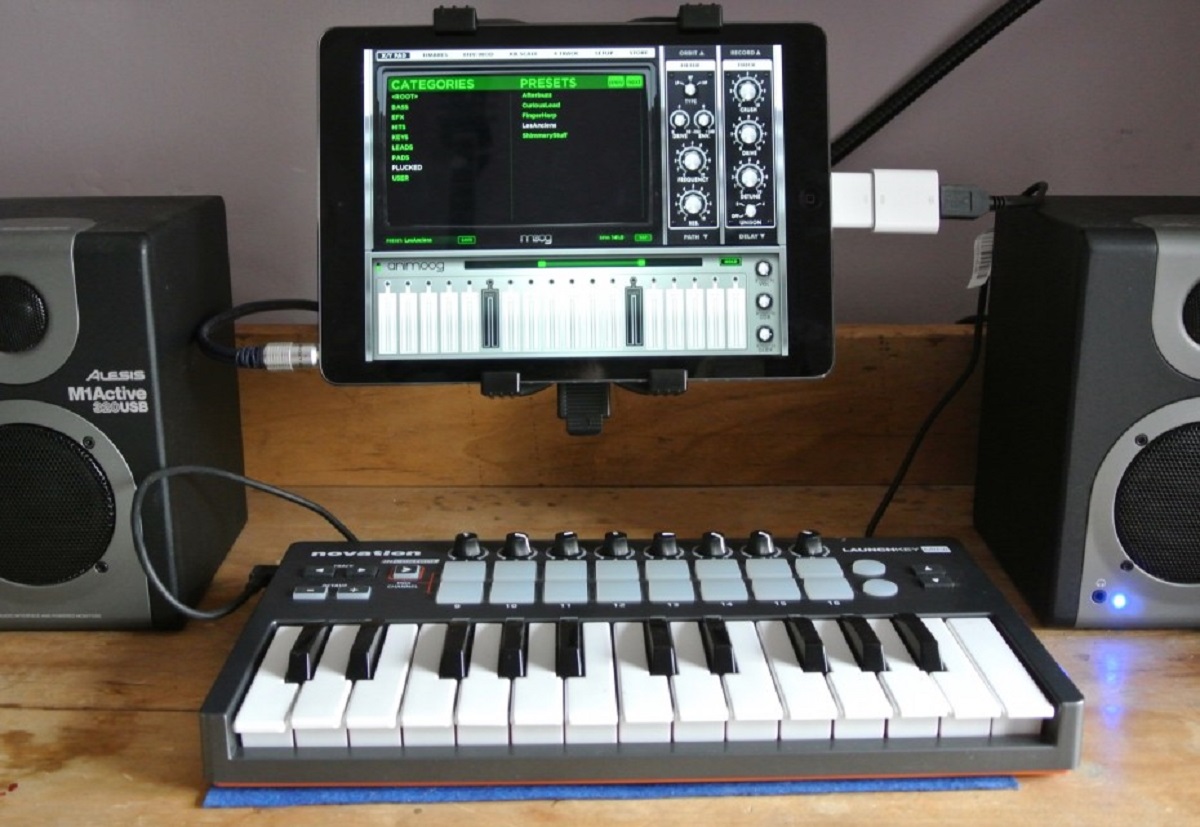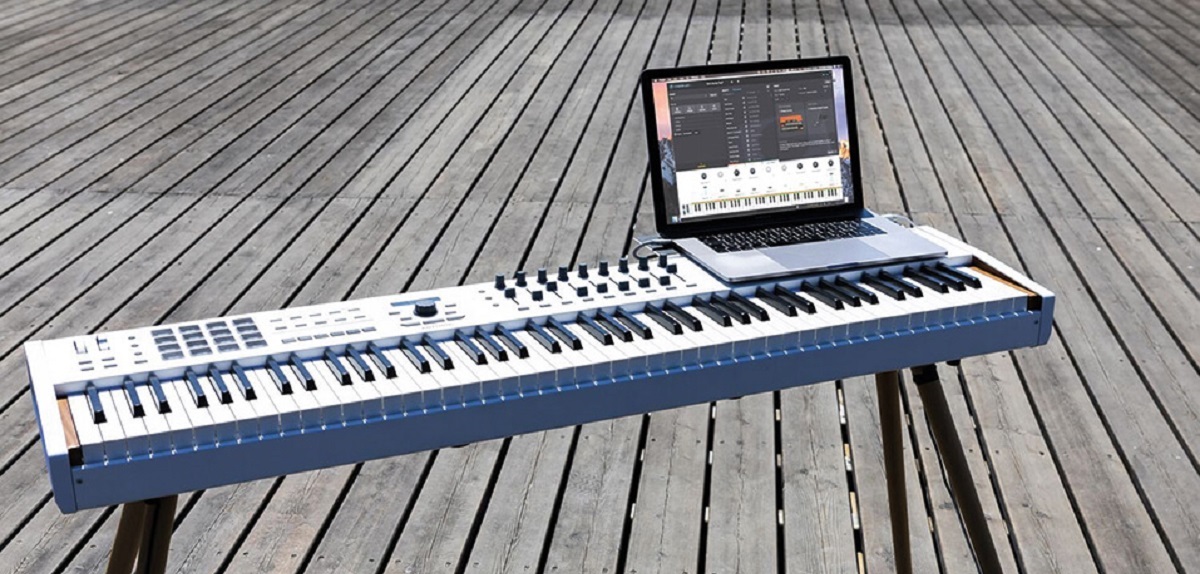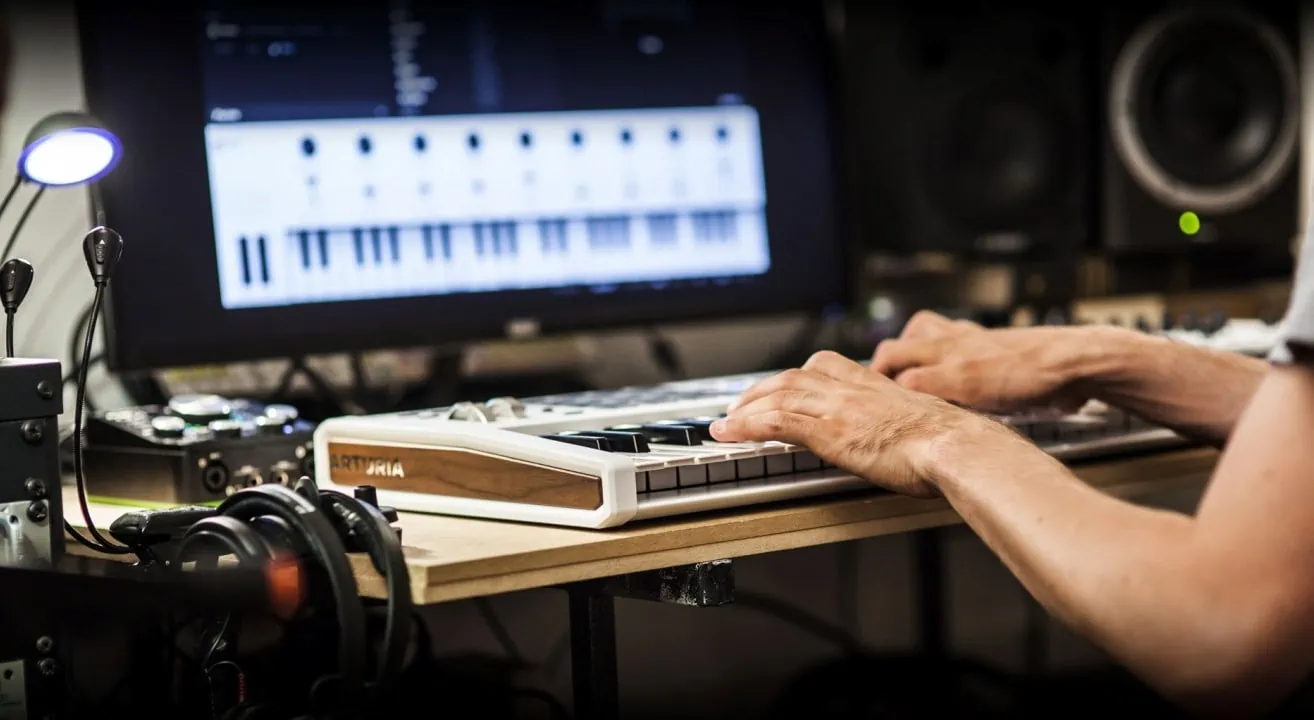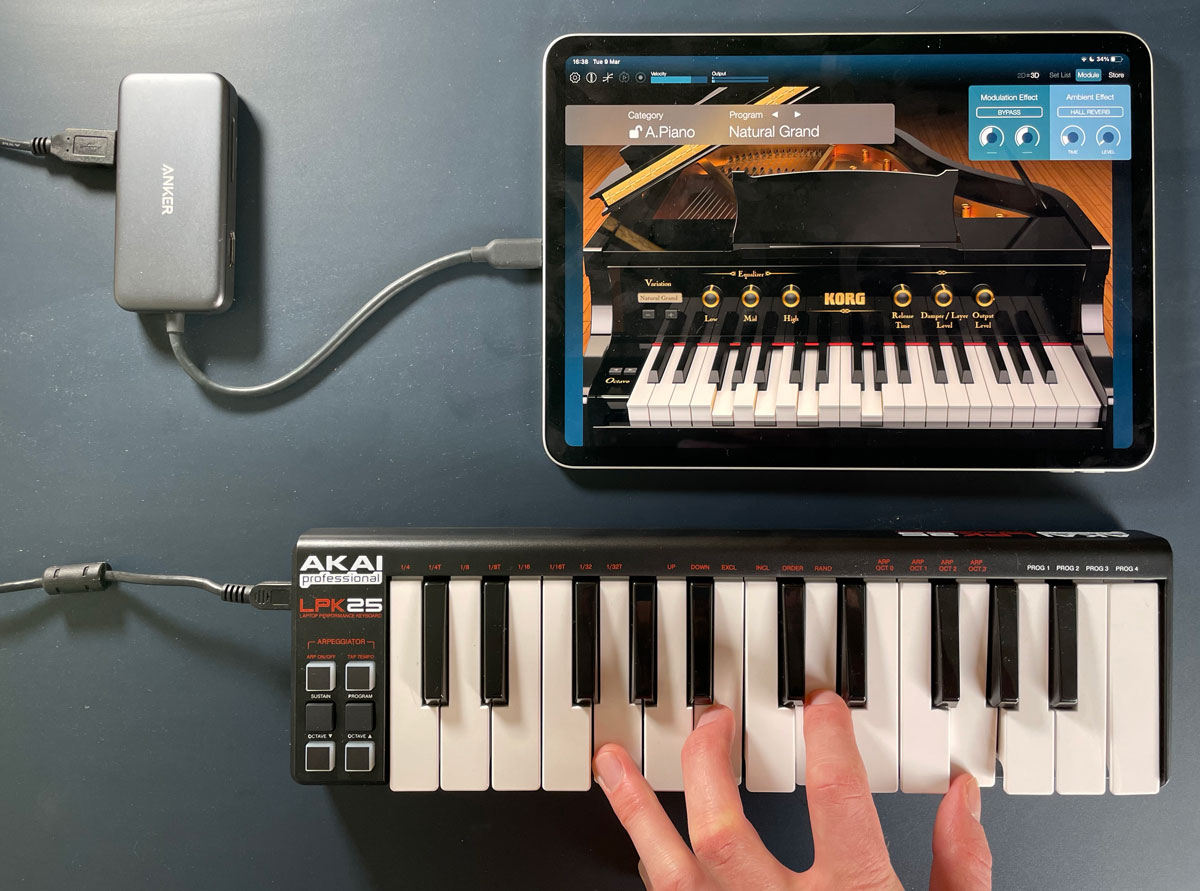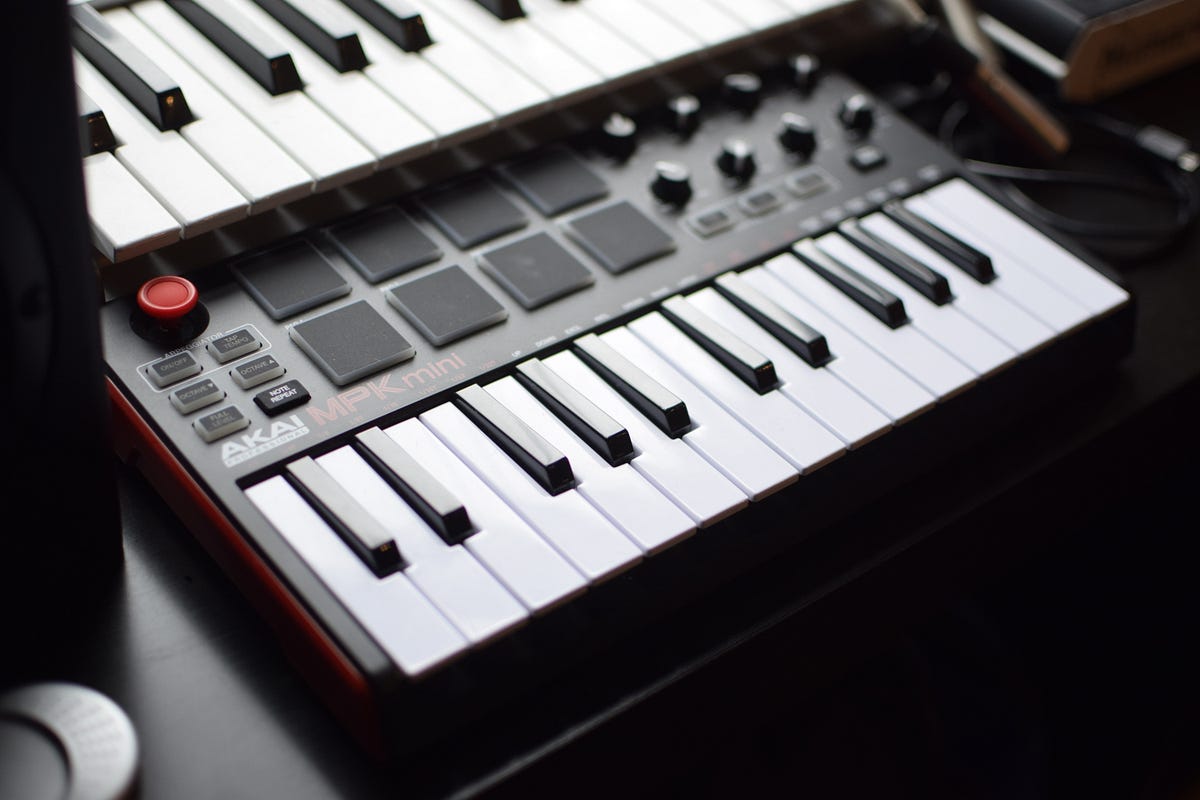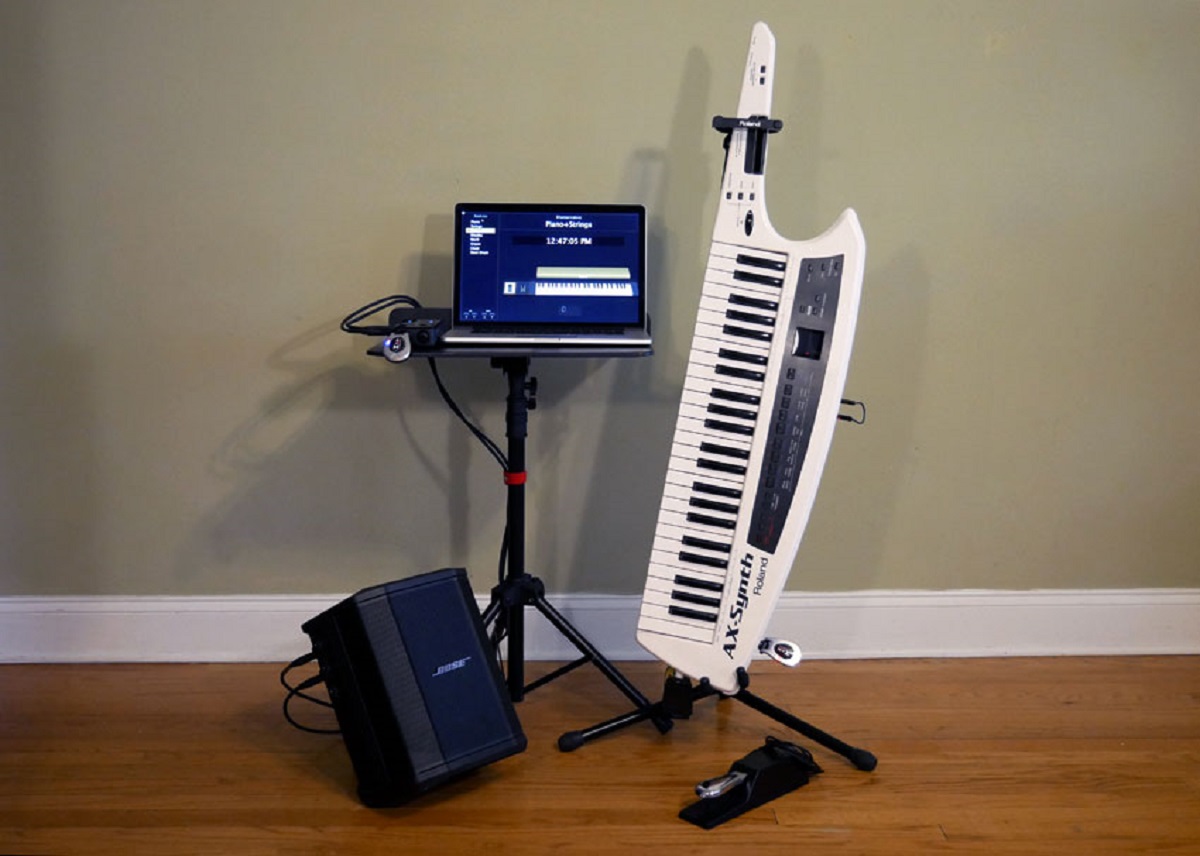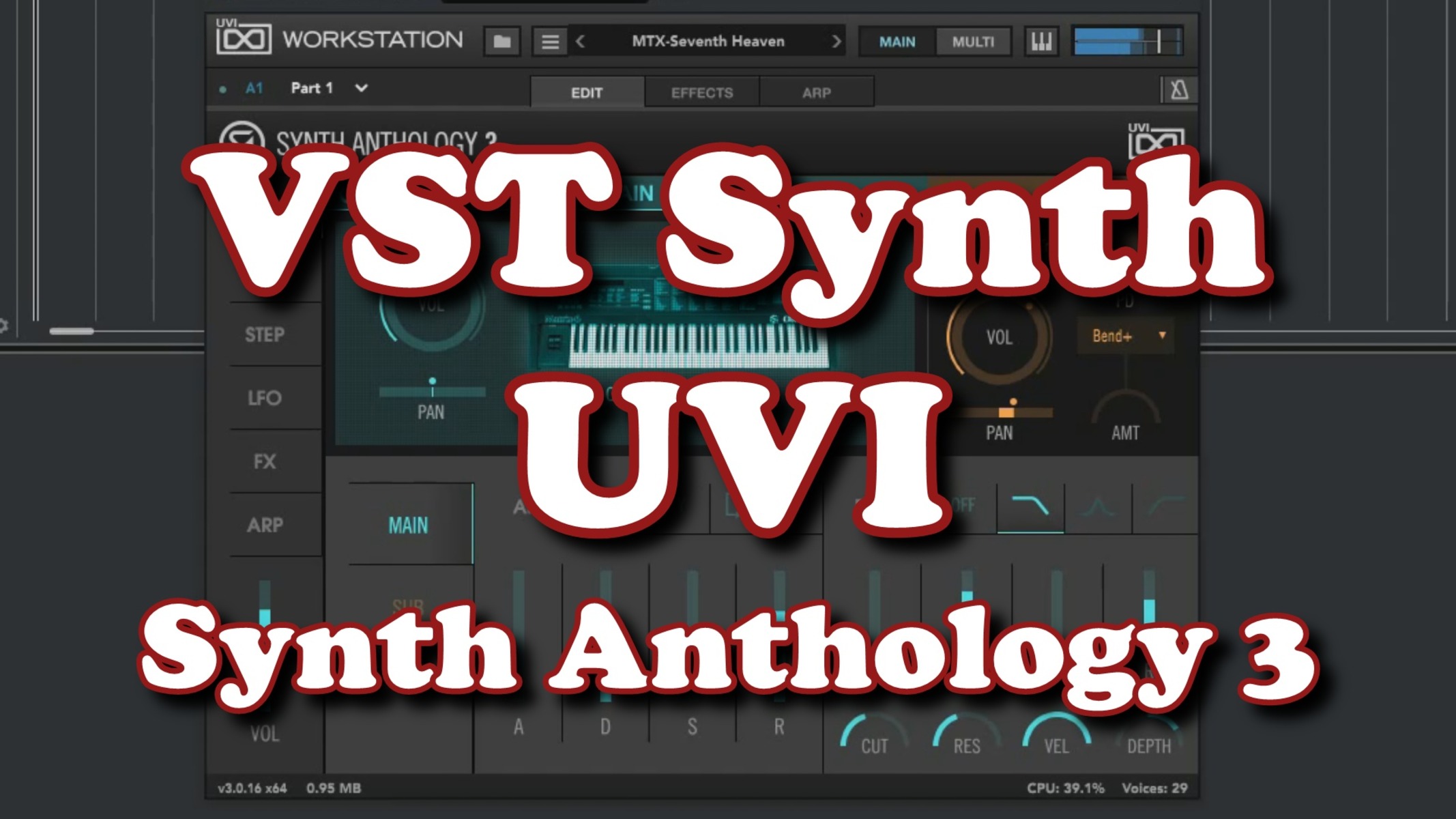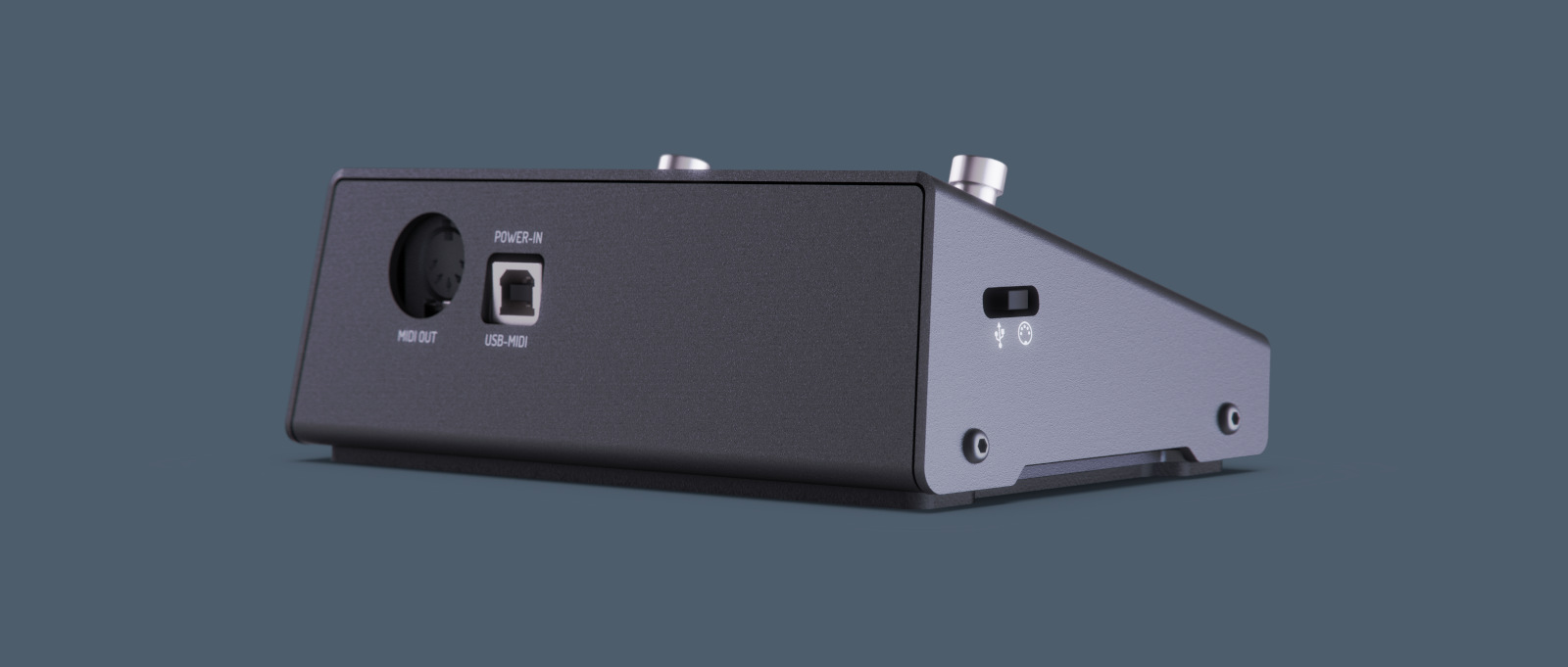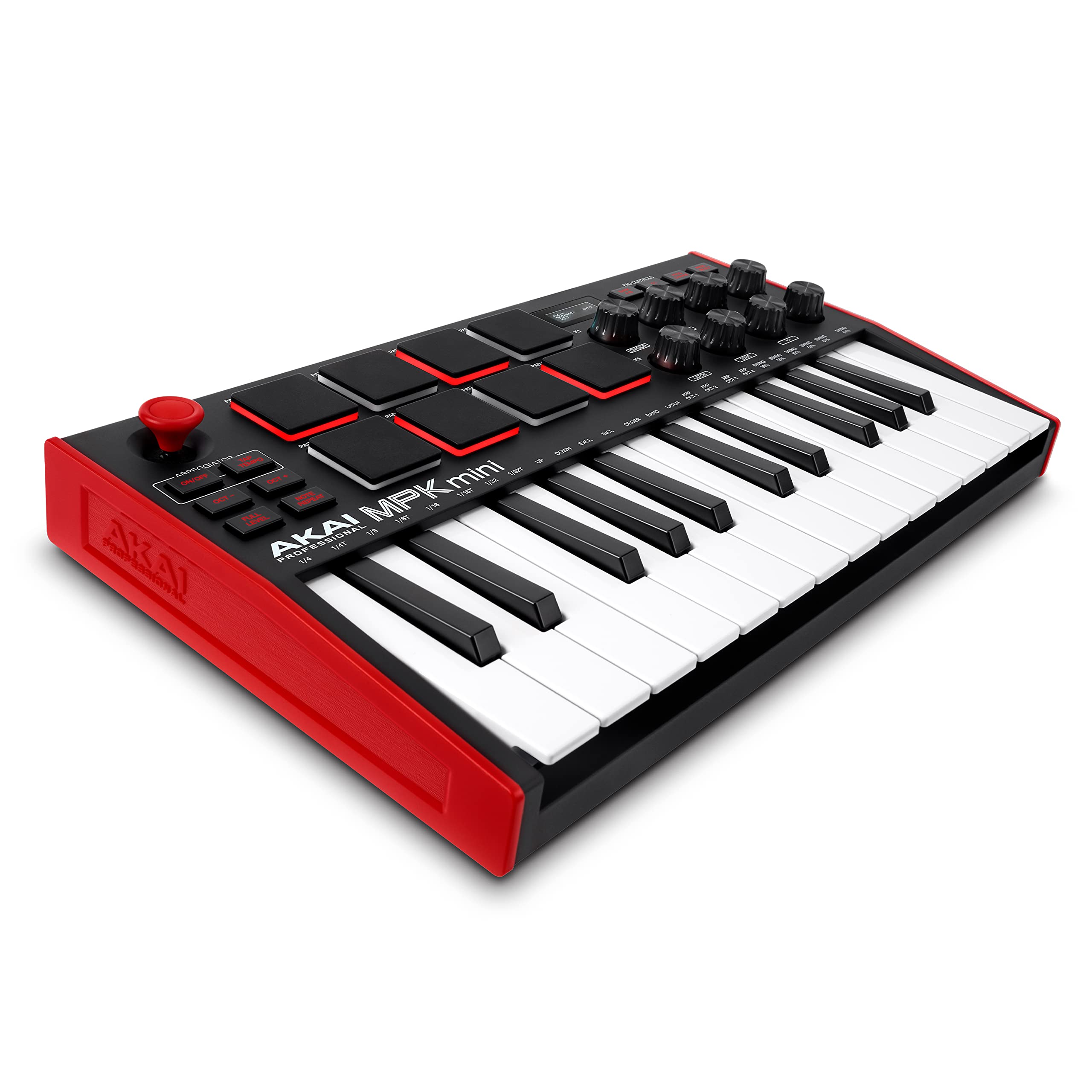Introduction
Introduction
Are you a musician looking to streamline your creative process and enhance your live performances? If so, setting up presets with a MIDI keyboard can be a game-changer. Whether you're a seasoned professional or a budding enthusiast, leveraging the power of presets can significantly elevate your music production and performance experience. In this guide, we'll explore the ins and outs of presets, from understanding their functionality to setting them up on your MIDI keyboard and optimizing their use. By the end, you'll be equipped with the knowledge and tools to take full advantage of this powerful feature and revolutionize your music-making journey.
Presets are an indispensable tool for musicians across various genres, providing the ability to instantly access and deploy specific instrument sounds, effects, and settings with the press of a button. This efficiency not only saves time during live performances but also facilitates seamless transitions between different songs and musical arrangements. Furthermore, presets enable musicians to maintain consistency in their sound across different performances and recording sessions, contributing to a professional and polished sonic identity.
As the digital age continues to revolutionize music production, the role of MIDI keyboards in shaping contemporary music cannot be overstated. These versatile instruments serve as the bridge between musicians and their digital audio workstations (DAWs), offering a tactile and expressive interface for controlling virtual instruments, effects, and other parameters. With the ability to assign and recall presets on MIDI keyboards, musicians can harness the full potential of their software instruments and effects, unlocking a world of creative possibilities at their fingertips.
In the following sections, we'll delve into the intricacies of setting up presets on your MIDI keyboard, guiding you through the process of selecting the right keyboard for your needs, configuring presets to align with your musical vision, and optimizing your workflow for maximum efficiency. Additionally, we'll explore techniques for saving and organizing presets, as well as valuable tips for leveraging this feature to its fullest potential. Whether you're a studio-based producer, a live performer, or a combination of both, mastering the art of presets with your MIDI keyboard will undoubtedly elevate your musical endeavors to new heights. Let's embark on this journey to unlock the full potential of your musical creativity.
What are Presets?
Presets, in the realm of music production and performance, refer to predefined settings that capture specific configurations of instrument sounds, effects, or other parameters within a digital audio workstation (DAW) or hardware instrument. These preconfigured settings serve as a convenient way to recall and apply a desired sound or setting instantly, without the need to manually adjust individual parameters each time. In the context of MIDI keyboards, presets allow musicians to assign and access these predefined configurations with ease, empowering them to focus on their creative expression without being encumbered by technical adjustments.
Within a MIDI keyboard, presets can encompass a wide range of settings, including but not limited to:
- Instrument Sounds: MIDI keyboards often come equipped with a diverse array of built-in instrument sounds, ranging from classic pianos and synthesizers to orchestral instruments and beyond. Presets enable users to access these sounds instantly, eliminating the need to search through menus or libraries during a performance or recording session.
- Effect Parameters: From reverb and delay to modulation and distortion, MIDI keyboards can control various effects within a DAW or external hardware. Presets capture specific effect settings, allowing musicians to apply consistent and tailored effects to their performances or recordings.
- Control Assignments: MIDI keyboards offer extensive control capabilities, including assigning knobs, sliders, and buttons to manipulate various parameters within a DAW or virtual instruments. Presets can store these control assignments, providing quick access to customized control configurations for different musical contexts.
Furthermore, presets are not limited to the internal settings of the MIDI keyboard itself; they can also encompass configurations within the connected DAW or software instruments. This seamless integration between the MIDI keyboard and the digital environment ensures that musicians can access a comprehensive range of presets, encompassing both hardware and software settings, to streamline their creative workflow.
Understanding the concept of presets is pivotal for harnessing the full potential of a MIDI keyboard, as it empowers musicians to leverage the instrument’s capabilities efficiently and creatively. By grasping the intricacies of presets and their applications, musicians can unlock a world of sonic possibilities, enabling them to focus on their musical expression while seamlessly accessing a rich palette of sounds and effects. In the subsequent sections, we will explore the process of setting up and utilizing presets on your MIDI keyboard, equipping you with the knowledge to optimize your music-making experience.
Choosing a MIDI Keyboard
When embarking on the journey of setting up presets with a MIDI keyboard, selecting the right instrument to suit your specific needs is paramount. The market offers a diverse array of MIDI keyboards, each catering to different preferences, workflows, and musical styles. To make an informed decision, consider the following factors when choosing a MIDI keyboard:
- Key Count and Action: The number of keys on a MIDI keyboard and the type of key action (weighted, semi-weighted, or synth-action) are crucial considerations. For pianists and keyboardists seeking a traditional piano feel, a full-size, fully weighted keyboard may be preferable. On the other hand, performers focusing on portability and space efficiency might opt for compact, 25-key controllers with synth-action keys.
- Performance Controls: Evaluate the availability of performance controls such as knobs, sliders, and pads. These elements offer tactile manipulation of instrument parameters and can be assigned to control presets, effects, and virtual instrument parameters, enhancing expressiveness and real-time manipulation during performances and studio sessions.
- Integration and Compatibility: Ensure that the MIDI keyboard seamlessly integrates with your preferred digital audio workstation (DAW) and software instruments. Compatibility with popular DAWs and the availability of pre-configured mappings for software instruments can streamline the setup process and optimize the utilization of presets within your music production environment.
- Portability and Connectivity: Consider the portability and connectivity options that align with your intended usage. For musicians on the go, compact and lightweight MIDI keyboards with USB bus power can facilitate mobile setups. Additionally, the presence of MIDI and audio connectivity options, such as MIDI ports and audio interfaces, can expand the versatility of the MIDI keyboard within a studio setup.
- Built-in Sound Modules: Some MIDI keyboards feature built-in sound modules, offering a standalone capability to produce sound without the need for external software instruments. This can be advantageous for quick idea sketching and standalone performances, providing immediate access to a variety of instrument sounds and presets directly from the keyboard.
By carefully evaluating these factors and aligning them with your musical requirements and workflow preferences, you can make an informed decision when choosing a MIDI keyboard. Whether you prioritize performance-oriented controls, seamless DAW integration, portability, or standalone sound capabilities, selecting a MIDI keyboard that resonates with your creative vision will lay a solid foundation for harnessing the power of presets and elevating your music production and performance endeavors.
Setting Up Presets on Your MIDI Keyboard
Once you’ve chosen the ideal MIDI keyboard for your musical needs, the next step is to configure and set up presets to streamline your creative workflow. Setting up presets on your MIDI keyboard involves the process of assigning and organizing specific instrument sounds, effects, control assignments, and other parameters to be easily recalled during performances or studio sessions. Here’s a step-by-step guide to setting up presets on your MIDI keyboard:
- Accessing Preset Modes: Most MIDI keyboards feature preset or memory modes that allow users to assign and recall configurations. Familiarize yourself with the operation of these modes by referring to the manufacturer’s documentation or online resources specific to your model.
- Assigning Instrument Sounds: If your MIDI keyboard includes built-in instrument sounds or is capable of controlling software instruments, begin by assigning specific sounds to preset locations. For example, if you frequently use a particular piano sound, assign it to a preset slot for quick access during performances.
- Configuring Control Assignments: Utilize the MIDI keyboard’s control elements, such as knobs, sliders, and buttons, to manipulate parameters within your DAW or software instruments. Assign these controls to preset locations, ensuring that your preferred settings are readily available without needing to manually adjust them each time.
- Storing and Naming Presets: Once you’ve configured your desired settings, save them to specific preset locations on the MIDI keyboard. Many keyboards allow users to name presets for easy identification, providing a seamless way to recall specific configurations during performances or studio sessions.
- Testing and Refinement: After setting up initial presets, take the time to test and refine them in a musical context. Ensure that the assigned sounds and control assignments align with your creative vision and performance requirements. Make adjustments as needed to optimize the presets for seamless integration into your music-making process.
Setting up presets on your MIDI keyboard is a personalized process that caters to your specific musical preferences and performance demands. By investing time in configuring presets tailored to your creative needs, you can unlock the full potential of your MIDI keyboard, empowering you to focus on musical expression while seamlessly accessing a curated palette of sounds and effects.
As we proceed, we’ll delve into the crucial aspect of saving and organizing presets, ensuring that your meticulously crafted configurations are easily accessible and efficiently managed for various musical endeavors.
Saving and Organizing Presets
Once you’ve meticulously configured presets on your MIDI keyboard, it’s essential to implement an effective system for saving and organizing them. This process ensures that your customized configurations are easily accessible, efficiently managed, and seamlessly integrated into your music production and performance setups. Here’s a comprehensive approach to saving and organizing presets on your MIDI keyboard:
- Utilize Preset Banks: Many MIDI keyboards feature preset banks, allowing users to categorize and store presets based on different criteria such as instrument types, performance sets, or song-specific configurations. Organizing presets into distinct banks provides a structured approach to accessing and managing a diverse range of sounds and settings.
- Assign Descriptive Names: When saving presets, assign descriptive names that clearly indicate the characteristics or intended use of each configuration. Meaningful names facilitate quick identification and selection of presets during performances or studio sessions, enhancing efficiency and reducing the likelihood of confusion.
- Backup and Transfer Options: Explore the backup and transfer capabilities of your MIDI keyboard to safeguard your meticulously crafted presets. Some keyboards offer the ability to export preset data to external storage devices, ensuring that your configurations are preserved in the event of hardware changes or unforeseen circumstances.
- Document and Catalog: Consider maintaining a digital or physical catalog of your preset configurations, documenting details such as instrument sounds, control assignments, and specific parameters. This documentation serves as a valuable reference, especially when revisiting and refining presets over time, and can aid in recreating configurations across different setups or MIDI keyboards.
- Integration with DAWs and Software: If your MIDI keyboard integrates with specific digital audio workstations (DAWs) or software environments, explore the options for synchronizing presets between the keyboard and the associated software. This integration can streamline the management of presets, allowing for seamless interchangeability and consistency across your music production ecosystem.
By implementing a systematic approach to saving and organizing presets, you can ensure that your meticulously crafted configurations remain easily accessible, well-documented, and seamlessly integrated into your music-making process. Whether you’re preparing for live performances, studio recording sessions, or creative experimentation, a well-organized preset system empowers you to focus on musical expression while leveraging the full potential of your MIDI keyboard’s capabilities.
As we progress, we’ll explore valuable tips for using presets effectively, providing insights to optimize your creative workflow and enhance your music production and performance experiences.
Tips for Using Presets
Effectively harnessing presets with your MIDI keyboard can significantly enhance your music production and performance endeavors. Here are valuable tips to optimize the utilization of presets, empowering you to maximize creativity and efficiency in your musical journey:
- Customize and Personalize: While presets offer convenient access to predefined configurations, don’t hesitate to customize and personalize them to align with your unique musical style and preferences. Adjusting preset settings to suit specific songs, performance dynamics, or studio environments can elevate the impact of presets on your creative output.
- Layer and Combine Presets: Experiment with layering and combining multiple presets to create rich, textured sounds and complex sonic landscapes. By leveraging the multitimbral capabilities of your MIDI keyboard and software instruments, you can craft immersive and expressive musical arrangements that transcend the limitations of individual presets.
- Dynamic Control Mapping: Explore dynamic control mapping techniques to manipulate preset parameters in real time during performances. Assigning MIDI controls to modulate and transform preset settings on the fly adds a layer of expressiveness and spontaneity to your music, fostering engaging and captivating live experiences.
- Presets as Creative Starting Points: View presets not only as static configurations but also as creative starting points for exploration and experimentation. Use presets as springboards to inspire new musical ideas, sound design concepts, and compositional directions, leveraging them as catalysts for innovative sonic explorations.
- Seamless Preset Switching: Practice seamless preset switching techniques to ensure smooth transitions between different sounds and settings during live performances. Mastering the art of transitioning between presets with precision and fluidity contributes to a polished and professional stage presence.
- Continuous Refinement: Embrace a mindset of continuous refinement and evolution when working with presets. Regularly revisit and refine your preset configurations based on feedback, performance experiences, and evolving musical projects, ensuring that your presets remain dynamic and adaptive to your creative growth.
By integrating these tips into your workflow, you can leverage presets as powerful tools for musical expression, sonic exploration, and performance finesse. Whether you’re crafting intricate studio productions, delivering captivating live performances, or immersing yourself in sonic experimentation, the strategic application of presets can elevate your musical output to new heights.
Conclusion
Embarking on the journey of setting up presets with a MIDI keyboard opens a world of creative possibilities and streamlined workflows for musicians and producers. The strategic utilization of presets empowers individuals to access and deploy specific instrument sounds, effects, and control configurations with ease, fostering efficiency, consistency, and expressive freedom in music production and performance contexts.
As we’ve explored the intricacies of presets, from understanding their functionality to selecting the right MIDI keyboard, configuring presets, and optimizing their use, it’s evident that presets serve as invaluable assets in the modern music-making landscape. The ability to seamlessly recall and manipulate a curated palette of sounds and settings through presets aligns with the dynamic demands of contemporary music production, enabling musicians to focus on creativity and musical expression without being encumbered by technical complexities.
Furthermore, the process of saving, organizing, and refining presets ensures that these configurations remain accessible, well-documented, and adaptable to diverse musical scenarios. By implementing systematic approaches to preset management and integration with digital environments, musicians can cultivate a cohesive and efficient preset ecosystem that aligns with their evolving creative vision.
Ultimately, the tips provided for utilizing presets effectively underscore the versatility and potential for innovation inherent in this powerful feature. From customizing and layering presets to leveraging dynamic control mapping and embracing presets as creative catalysts, musicians can leverage presets as dynamic tools for sonic exploration, composition, and live performance finesse.
As you continue to explore the realm of presets with your MIDI keyboard, remember that the journey is a dynamic and iterative process. Embrace experimentation, refinement, and the seamless integration of presets into your musical narrative, allowing them to enrich and elevate your creative endeavors.
With a solid understanding of presets and their applications, coupled with the personalized approach to configuring, managing, and utilizing presets, you are poised to harness the full potential of your MIDI keyboard, unlocking a world of sonic expression and creative efficiency.







